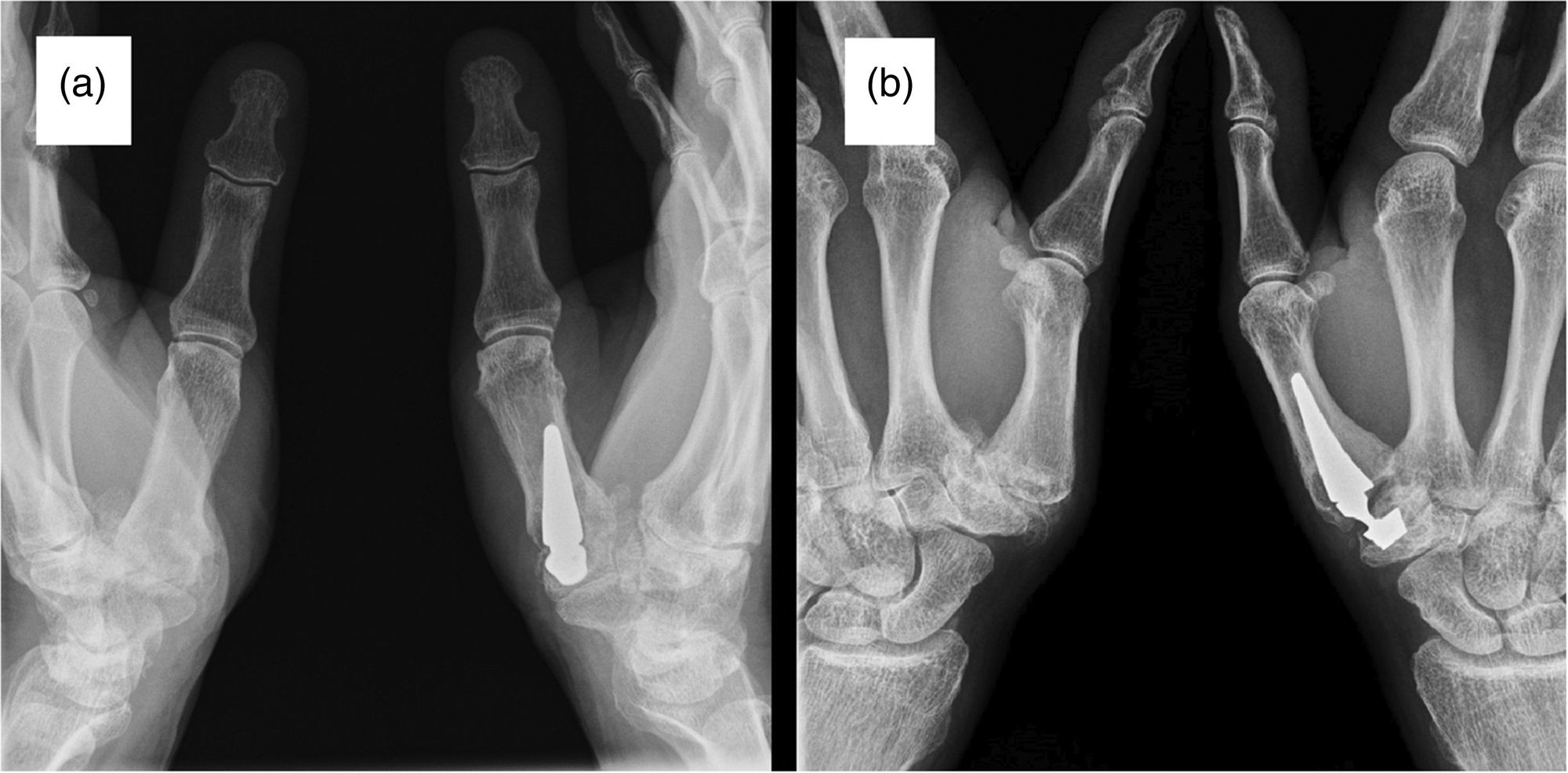
Trapeziometacarpal osteoarthritis affects the base of the thumb, causing pain and limiting movement. Did you know that this condition is more common in women than men? It usually appears after age 40 and can make simple tasks like opening jars or turning keys difficult. The thumb's unique saddle joint, which allows for a wide range of motion, is particularly vulnerable to wear and tear. Symptoms include swelling, tenderness, and a grinding sensation in the joint. Treatments range from splints and anti-inflammatory medications to physical therapy and, in severe cases, surgery. Understanding this condition can help manage symptoms and improve quality of life.
Key Takeaways:
- Thumb arthritis, common in older adults, causes pain and reduced mobility. Treatments range from splints and medication to surgery, helping manage symptoms and improve quality of life.
- Living with thumb arthritis involves adapting daily routines, using ergonomic tools, and seeking emotional support. Regular check-ups and pain management techniques are essential for long-term well-being.
What is Trapeziometacarpal Osteoarthritis?
Trapeziometacarpal osteoarthritis, also known as thumb arthritis, affects the base of the thumb where it meets the wrist. This joint, called the trapeziometacarpal (TMC) joint, is crucial for thumb movement and grip strength. Here are some interesting facts about this condition:
- Common in Older Adults: TMC osteoarthritis is more prevalent in people over 50, especially women.
- Joint Wear and Tear: The condition results from the gradual wear and tear of the cartilage in the TMC joint.
- Pain and Swelling: Symptoms often include pain, swelling, and reduced thumb mobility.
- Genetic Factors: Genetics can play a role, making some individuals more susceptible.
- Manual Labor Risk: Jobs requiring repetitive thumb movements increase the risk.
- Diagnosis via X-ray: X-rays help diagnose the extent of joint damage.
- Non-Surgical Treatments: Initial treatments include splints, anti-inflammatory medications, and physical therapy.
- Cortisone Injections: Cortisone shots can provide temporary pain relief.
- Surgical Options: Severe cases may require surgery, such as joint replacement or fusion.
- Thumb Splints: Splints can stabilize the thumb and reduce pain during activities.
Symptoms and Diagnosis
Understanding the symptoms and how TMC osteoarthritis is diagnosed can help in early detection and management.
- Gradual Onset: Symptoms often develop slowly over time.
- Morning Stiffness: Many experience stiffness in the thumb joint upon waking.
- Grinding Sensation: A grinding or clicking sensation may occur with thumb movement.
- Loss of Grip Strength: Difficulty gripping objects is a common complaint.
- Tenderness: The base of the thumb may feel tender to the touch.
- Physical Examination: Doctors perform a physical exam to check for swelling, tenderness, and range of motion.
- Thumb CMC Grind Test: This test involves rotating the thumb to detect grinding or pain.
- MRI Scans: In some cases, an MRI may be used to assess soft tissue damage.
Treatment Options
Various treatments are available to manage TMC osteoarthritis, ranging from conservative methods to surgical interventions.
- Activity Modification: Avoiding activities that exacerbate symptoms can help manage pain.
- Heat and Cold Therapy: Applying heat or cold packs can reduce pain and swelling.
- Hand Exercises: Specific exercises can strengthen the muscles around the thumb.
- Topical Medications: Creams and gels containing anti-inflammatory agents can provide relief.
- Assistive Devices: Tools like jar openers and ergonomic pens can reduce strain on the thumb.
- Joint Fusion Surgery: This procedure fuses the bones in the TMC joint, eliminating movement but reducing pain.
- Ligament Reconstruction: Surgeons may reconstruct ligaments to stabilize the joint.
- Arthroplasty: Joint replacement surgery involves replacing the damaged joint with an artificial one.
Living with Trapeziometacarpal Osteoarthritis
Managing daily life with TMC osteoarthritis involves adapting routines and using supportive measures.
- Ergonomic Adjustments: Using ergonomic tools and modifying workspaces can reduce thumb strain.
- Pain Management Techniques: Techniques like meditation and acupuncture may help manage chronic pain.
- Support Groups: Joining support groups can provide emotional support and practical advice.
- Regular Check-ups: Regular visits to a healthcare provider ensure proper management and adjustment of treatment plans.
Final Thoughts on Trapeziometacarpal Osteoarthritis
Trapeziometacarpal osteoarthritis, also known as thumb arthritis, affects many people, especially those over 50. This condition can cause pain, swelling, and reduced thumb mobility, making everyday tasks challenging. Treatments range from non-surgical options like splints, medications, and physical therapy to surgical interventions for severe cases. Early diagnosis and treatment can significantly improve quality of life.
Understanding the risk factors, such as age, gender, and repetitive thumb use, helps in managing and potentially preventing this condition. Lifestyle changes, including maintaining a healthy weight and avoiding repetitive thumb strain, can also play a crucial role.
By staying informed and proactive, individuals can better manage trapeziometacarpal osteoarthritis, reducing its impact on daily activities. Always consult healthcare professionals for personalized advice and treatment plans. Knowledge and early intervention are key to maintaining thumb health and overall well-being.
Frequently Asked Questions
Was this page helpful?
Our commitment to delivering trustworthy and engaging content is at the heart of what we do. Each fact on our site is contributed by real users like you, bringing a wealth of diverse insights and information. To ensure the highest standards of accuracy and reliability, our dedicated editors meticulously review each submission. This process guarantees that the facts we share are not only fascinating but also credible. Trust in our commitment to quality and authenticity as you explore and learn with us.
